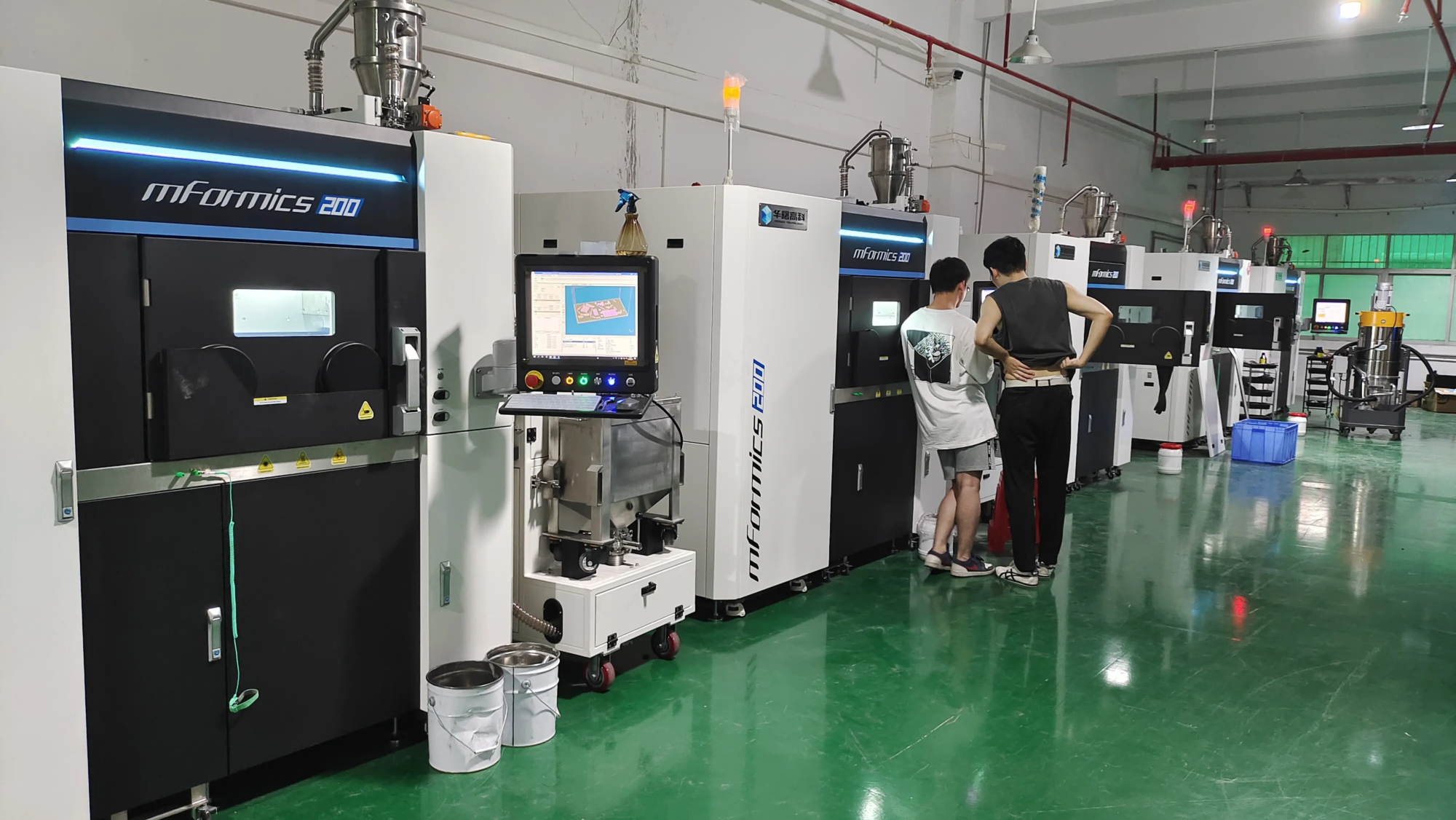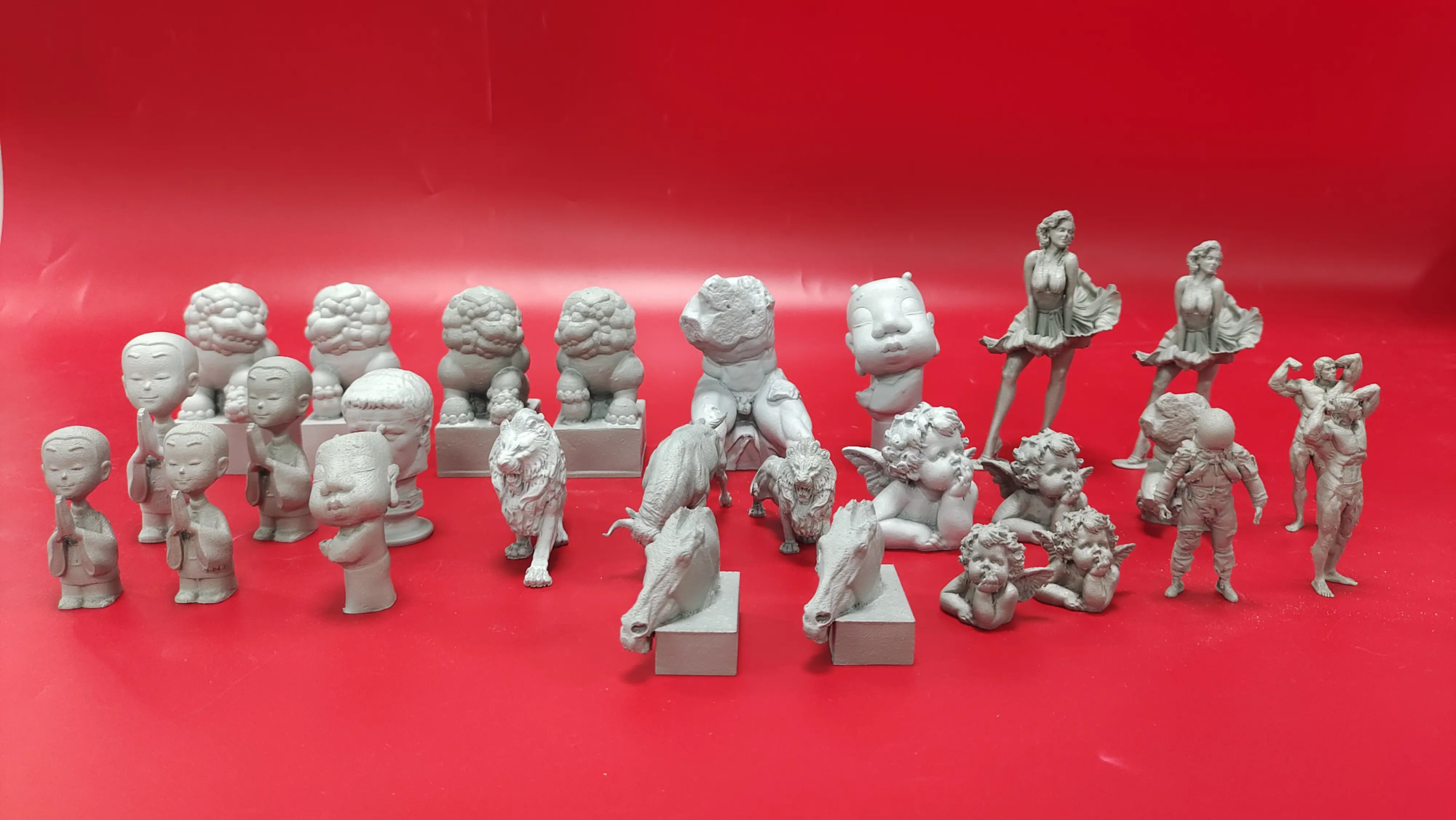Introduction: The unexpected artistic nature of metal and light
The cactus is fascinated by its sculptural form and its ferocious beauty. Until now, however, it was nearly impossible to replicate its complex thorn and organic textures through traditional manufacturing. At Greatlight, we have accepted this challenge Industrial 3D printing technologytransforming digital design into a tactile metal masterpiece. Our project, "Thorn perfect," More than an artistic endeavor; it is a showcase of precision engineering that can solve real-world prototype problems in the industry from aerospace to medical technology.
Why 3D printing of cactus? The science of imitating nature
Nature’s design pushes manufacturing to its limits. Desert cactus combines fragile thorns, uneven surfaces and subtle gradients – Function Beat the mold, CNC milling and casting. Metal 3D printing, especially Selective laser melting (SLM)overcome these obstacles:
- Microscale accuracy: The SLM printer and laser melt metal powder layer, the fine pricks (pricks) of the prick are fused 0.1mm than the human hair.
- Organic complexity: Unlike the subtraction method, the SLM handle undercut, hollow structure and internal lattice captures the asymmetric charm of the cactus.
- Material versatility: Stainless steel, titanium or aluminum alloy can replicate the texture of the cactus, while durability cannot be achieved with plastic or resin.
This project reflects how Greatlight tackles "Impossible" Customer geometry – whether it’s a cactus or a turbine blade.
Behind the scenes: Handmade "Thorn perfect"
Step 1: Digital Engraving
Our engineers optimized the printability model using 3D live cactus scans. Key adjustments include:
- Hollow stems preserve material.
- Strengthen the base of the spine to prevent breakage.
- Add self-support angles to avoid printing failures.
Step 2: SLM Print
Our Inside EOS M400-4 printer (with a build amount of 400x400x400mm) Processing work:
- Material: 316L stainless steel is corrosion-resistant and aesthetically resistant.
- solve: The 30 micron layer ensures spinal clarity and surface fidelity.
- speed: A 20 cm tall cactus prints in 14 hours, 94% faster than the traditional method.
Step 3: Post-processing
The original print went through Greatlight’s signature finish:
- Stress relief: Heat treatment prevents distortion.
- Support deletion: Automatic CNC trimming will break away from the thorn without damage.
- Surface reinforcement: Glass beads blasted to produce matte "skin," Hand polished while highlighting tactile details. Optional Patinas add desert-style tones.
From Desert to Industry: Why Metals Is Important
Metal cactus is not only a decoration, but also Functional stress test For prototypes:
- Durability: Unlike plastics, metal survives temperature and mechanical stress, which are perfect for automotive or defensive components.
- Weight to strength: The aluminum variant is 60% lower than the weight of solid steel, but maintains structural integrity.
- Custom application: Customers use similar processes:
- The biological form in the electronic radiator sinks.
- Mimics the mechanism of spinal adhesion.
- Customized surgical tools with organic ergonomics.
Conclusion: Art meets aerospace
this "Thorn perfect" Cactus symbolizes our mission: Turn complexity into opportunity. By leveraging SLM 3D printing and multi-stage post-processing, we replicate natural creativity while solving strict industrial challenges. Whether you need plant sculptures or mission-critical prototypes, our technology provides accuracy, speed and material flexibility to prove that even the most intense thorns can be mastered with light.
Ready to bring your most complex project into life?
GREATLIGHT Rapid Prototyping Converts CAD Files to Reality – Contact Us Quotes!
FAQ: 3D printed cactus and metal prototypes
Q1: Can SLM printing really copy exquisite cactus thorns without rupturing?
Absolutely. With the help of precise lasers and optimized support structure, the spinous process of 0.08mm can be printed in full. The edge of security and realism in post-processing.
Q2: Which material is best for decorating metal cactus?
Stainless steel (316L) is ideal for indoor/outdoor use. For bright colors, titanium accepts electrochemical patinas. Lightweight project uses ALSI10MG aluminum.
Question 3: How long does it take to produce from design to delivery?
- Design stage: 1-3 days.
- Print: 10–48 hours (size dependent).
- Post-processing: 2-5 days.
Average total delivery time 5–7 working days. The Rush option is available.
Q4: Are these metal cactus heavy?
not necessarily. Using hollow structure and light alloy, the 30 cm cactus weighs ≈800G, matching the ceramic vase.
Question 5: Can I use it for industrial parts, not art?
Yes! Cactus demonstrates our ability to complex bearing components. We apply the same process to:
- Vascular stent with lattice geometry.
- Lightweight drone arm pass.
- Fluid dynamics optimized valve.
Question 6: Will Greatlight handle painting or electroplating?
We provide One-stop organization: Powder coating, anodization, nickel plating and custom textures. Request samples through our library of materials.
Question 7: What tolerances can you achieve?
Standard: ±0.1mm. High-precision items: ±0.02mm. Ideal for interlocking parts or medical equipment.
Question 8: Is industrial metal printing cost-effective in small batches?
For complex designs, 3D printing often reduces mold/tool costs. We optimize nesting to print multiple units simultaneously, reducing costs per portion.
Endless form, perfectly made – start your project today.





